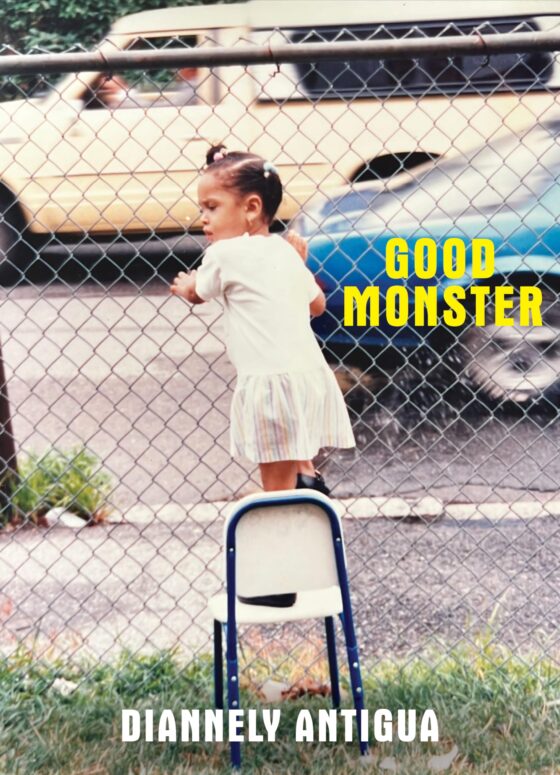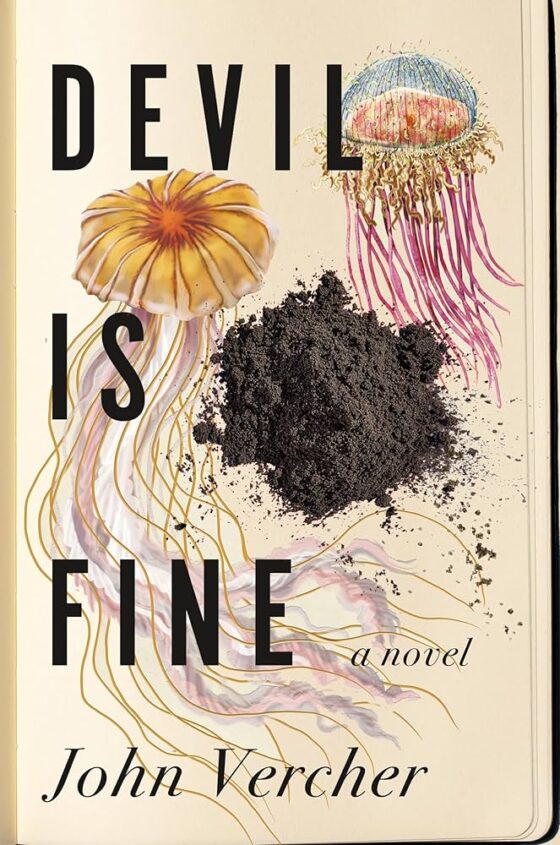
Of Chip Kidd’s many accomplishments, perhaps the most astonishing is that he has given a TED talk that’s actually worth watching. With gusto, he walks through many of his iconic book covers for the publisher Alfred A. Knopf before speaking from the heart about his hopes for the survival of the printed page. “Even though we love publishing as an art, we very much know it’s a business, too,” he says. “And that if we do our jobs right and get a little lucky, great art can be great business.”
As a testament to that belief, Pantheon Books, an imprint of Knopf, has published Chris Ware’s Building Stories, which could be described as a love letter to print in our post-Kindle world. (Kidd, Ware’s good friend, served as editor.) A sort of deconstructed graphic novel, Building Stories is a box that contains 14 different kinds of reading material, including books, pamphlets, and newspapers, among other bits and bobs.
It is difficult to imagine how Kidd went about the task of editing Building Stories, which has no discernable start or finish. Even more puzzling is how Ware pitched the project to anyone at Pantheon in the first place. In its finished form, Building Stories is almost impossible to describe, so the very fact that Ware was able to convey his vision—which took 12 years to execute—is a mark of his talent.
Even when you know what to expect, opening the Building Stories box is an event. Readers of a certain generation might, like me, be flooded with bittersweet memories of the commercials for Sweet Pickles, a series of activity packs for young readers. (As a child, I desperately wanted a subscription, but I was too chicken to ask. When that giant duck came to my door, what would I say?) This feeling was so strong that I was disappointed to learn the Building Stories design was actually influenced by Marcel Duchamp’s “Museum in a Box” and French board games.
Luckily, Ware’s cleverness has universal appeal. Whether you’re a Sweet Pickles-loving plebe or a fancy Francophile genius, I can guarantee that you, too, will feel an overwhelming sense of wonderment and religious-grade awe as you open the Building Stories box. It’s as though you have unearthed god’s blueprints for humanity or a treasure trove of someone’s very orderly outsider art. This thing, whatever it is, is straight-up super beautiful, and the experience of reading it is like unwrapping birthday presents and choosing your own adventure all at once. It is the joy of reading incarnate, and I don’t think I’ve experienced it so intensely since I was a kid.
When your turn comes, relish that feeling, because you will need it to sustain you through 14 volumes of intense fucking misery. Building Stories is bleak even by Ware’s standard, cementing his reputation as the saddest bastard in comics. It seems like a shame that Ware so often relegates his sense of humor to the trappings of his work (like packaging and blurbs) because truly, his stories could use more laffs. These pages are filled with so much joyless nudity that you’ll wonder how you ever found anyone hot. And I’m sorry to say Ware is at his least effective when he’s in his didactic New Yorker cover mode, hammering home a point about the ubiquity of electronics or the terrible economy.
Still, the oppressive tone is offset and even transformed by the sheer beauty of each and every page, which is impossible to overstate. Suburban landscapes and urban mediocrity have never been so appealing. (Is that what the aisles at the grocery store really look like to Chris Ware? Do we think he’s on ecstasy?) It is through these stunning visuals, as well as the tactile experience of handling 14 different formats, that Ware’s sad stories coalesce and come to life.

Building Stories spans many years in the lives of its characters and their creator, and it is poignant to read about their fates in formats that are (or used to be?) icons of different stages of life. From the Little Golden Books of childhood to the newspapers of adulthood, it’s all in the box. (Though, interestingly, nothing really looks like a traditional comic book.) As I sifted through these materials for a second read, they took on an elegiac quality; the newspapers, in particular, give Building Stories the feel of a time capsule. It’s unsettling.
Each of Ware’s 14 stories—which often include common milestones like the death of a loved one and the start of a new relationship—is discreet without being self-contained. The panels move back and forth in time, capturing the weird rhythms of life as it’s lived. Events, consequences, and intimations echo across the pages, and “old” stories gain new resonance when you see them in a different context. In this way, too, Building Stories richly rewards more than one read while paying tribute to the superpowers of the comics medium, which accommodates the vicissitudes of memory better than other forms.
All the characters within Building Stories share a connection. It’s depressing in a way, since they all feel so monstrously alone, but it seems important that some dim current of shared experience runs through them all. The interconnectedness of Ware’s universe is so fully realized that even a little bee from someone’s bedtime story gets two volumes dedicated to his plight. This living network is moving in its inanity—a useful worldview, in these times.

While so much of the lip service that’s paid to Ware’s greatness grossly undervalues the work of his peers, Building Stories really is a landmark achievement. It mounts a compelling defense for survival of print—like Kidd said, great art can be great business. But more than that, Building Stories offers a greater truth about life: even when it’s dark and unpleasant, oh man, it is something to behold.






